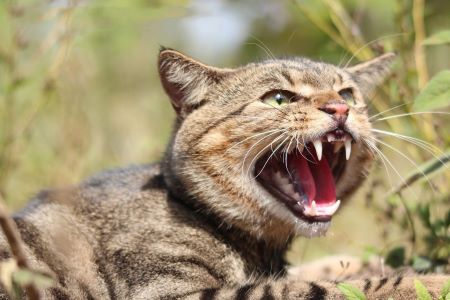



It is needless to say that feral animals have had a major impact on Australian agribusinesses. Even though these native and exotic species have their own place in the natural world, when they cross paths with the farming ecosystem they cause a lot of havoc. This is because these feral animals may transfer diseases to the livestock living on the farms. Moreover, wherever there are water sources that livestock has to share, rodents and other such creatures can affect their livelihood. Hence, in order to successfully manage an agribusiness, it is imperative to know how to deal with unwanted animals without disrupting the natural orders of the world.
There are three main categories where biosecurity concerns arise: feed, water sources and livestock living areas. Feral animals can cause a great deal of harm if they come in contact with these areas. For instance, coyotes, rodents, insects and pet dogs and cats can carry a great number of diseases that can be transferred to farm animals. For instance, feral animals, such as deers, tend to possess a fatal worm that can cause meningitis in goats, llamas and sheep. Additionally, there are numerous other life-threatening bacterias that are carried by these feral animals.
The transmission of these diseases from feral animals can occur directly, such as nose to nose contact, or they can be transferred through the medium of bodily fluids. Another method in which these harmful pathogens can travel from one animal to another is through a shared environment. For instance, soil, feed and/or water sources can be an accomplice in transmitting these diseases. Hence, the main concern for agribusiness owners should be to reduce the interactions between feral animals and their livestock. Two of the greatest methods to do this is to vaccinate the animals for diseases, such as rabies and create barriers so that outside elements cannot wander into the farm area.
Article by: Hari Yellina (Orchard Tech)